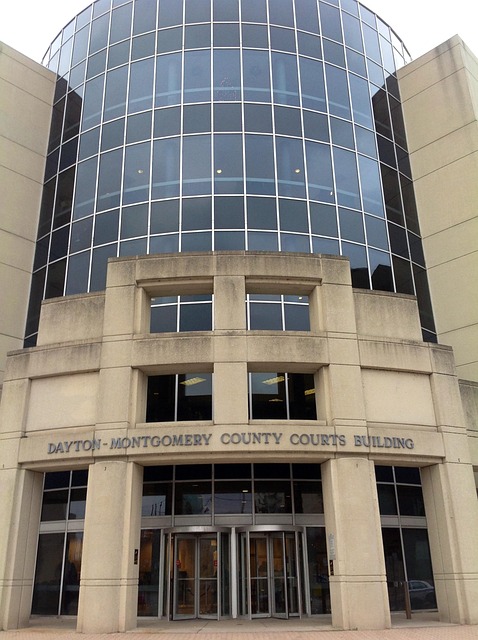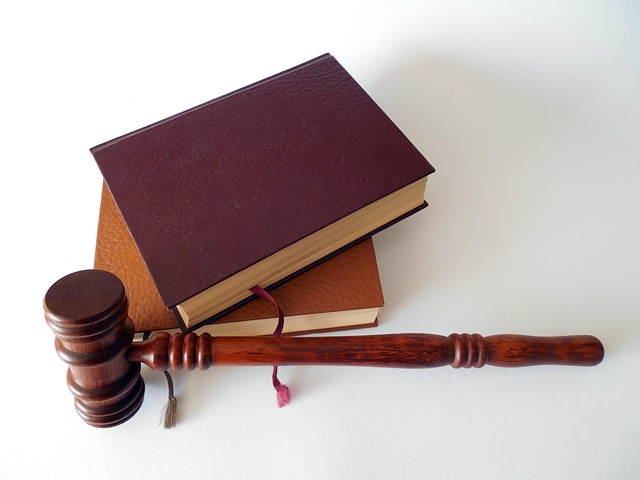Pain and suffering compensation for children's injuries is a complex legal area requiring specialized lawyers to navigate insurance disputes and secure fair settlements. Laws in many regions aim to support recovery by addressing both physical and emotional distress, with compensation amounts varying based on injury severity, age, and future quality of life. Determining just compensation involves evaluating medical records, psychological assessments, and witness statements to recognize the harm suffered and promote the child's overall well-being.
In many jurisdictions, children who suffer injuries due to someone else’s negligence are entitled to pain and suffering compensation. This article explores the intricate process of securing justice for young victims. We delve into the legal framework governing such claims, including eligibility criteria that protect vulnerable children. Understanding how to measure and quantify their pain and suffering is key to ensuring fair compensation. By examining these aspects, we aim to highlight the importance of advocating for children’s rights in personal injury cases.
- Understanding Pain and Suffering Compensation for Children's Injuries
- Legal Framework and Eligibility Criteria
- Measuring and Securing Just Compensation for Kids' Pain and Suffering
Understanding Pain and Suffering Compensation for Children's Injuries

Pain and suffering compensation for children’s injuries is a complex legal area that requires careful consideration. When a child experiences harm due to someone else’s negligence or intentional actions, they may be entitled to financial redress for not only their physical injuries but also the emotional distress they endure. This aspect of compensation goes beyond medical bills and aims to recognize the unique challenges children face in recovering from accidents.
Determining pain and suffering damages involves various factors, such as the severity of the injury, duration of recovery, and the child’s age. An auto accident lawyer specializing in personal injury cases can play a pivotal role in navigating insurance disputes and ensuring that the child receives a fair settlement. Understanding these rights and processes is crucial for families seeking justice and support during difficult times.
Legal Framework and Eligibility Criteria

In many jurisdictions, the legal framework surrounding pain and suffering compensation for children’s injuries is designed to ensure that young victims of accidents or wrongful acts receive fair and adequate support during their recovery process. These laws aim to compensate not only for the physical harm but also the emotional distress experienced by children. The eligibility criteria typically include proving that the child has suffered a significant injury, whether it be from an auto accident injuries or other unforeseen circumstances, and demonstrating the extent of the pain and suffering endured.
The determination of compensation amounts varies based on several factors, such as the nature and severity of the injuries, the child’s age, and their prospective quality of life had the accident not occurred. In cases of wrongful death, additional considerations come into play, focusing on the dependent relationship between the deceased and their family, as well as the economic impact of the loss. Understanding these legal nuances is crucial for navigating pain and suffering compensation claims effectively.
Measuring and Securing Just Compensation for Kids' Pain and Suffering

Determining just compensation for a child’s pain and suffering is a complex task that requires meticulous evaluation and understanding. Unlike tangible damages like medical bills or property loss in real estate disputes, quantifying emotional distress can be challenging. However, it’s crucial to recognize and compensate children for their experiences, especially when they’ve endured trauma due to car accident injuries or instances of elder abuse.
Legal professionals play a significant role in this process by gathering evidence that outlines the child’s pain, including medical records, psychological assessments, and witness statements. These tools help paint a clear picture of the suffering, its duration, and impact on the child’s well-being. Ultimately, a fair and reasonable pain and suffering compensation aims to recognize the harm while providing support for the child’s recovery and overall wellbeing.
Children’s injuries can cause significant pain and suffering, and understanding their legal rights to compensation is crucial. This article has explored the intricate process of seeking pain and suffering compensation for young victims, highlighting the importance of a robust legal framework. By navigating the eligibility criteria and utilizing appropriate measurement methods, individuals can ensure just recompense for the invisible yet profound impact on children’s well-being. Recognizing and valuing their experiences is essential to fostering healing and providing support for a brighter future.






